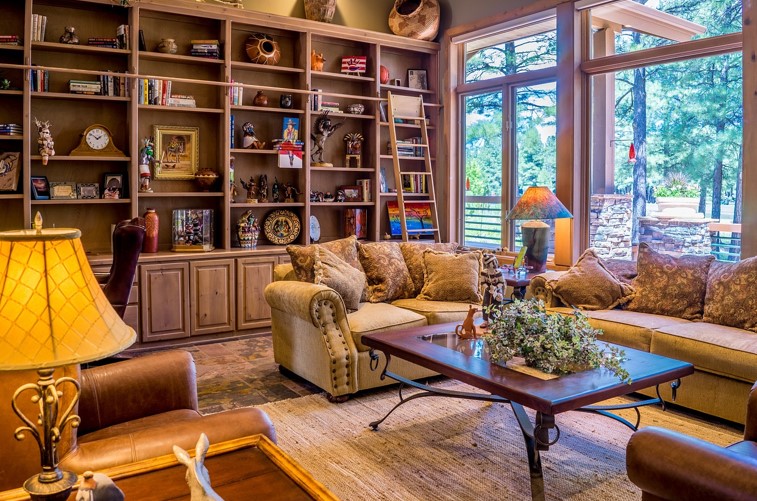Decluttering your home can be a transformative experience, but it’s easy to make mistakes that can hinder your progress or lead to more stress. Understanding what to avoid will help you achieve a more organized and serene living space. Here’s what not to do when decluttering your home.
Don’t Overcomplicate Your Sorting System
A complicated sorting system can slow you down and confuse you. Stick to a simple method: categorize items into groups like “keep,” “donate,” and “discard.” For clothing and other personal items, you might also add a “sell” category if applicable. For a sorting system, paulsrubbish.com.au can provide efficient and environmentally friendly disposal options to help you manage your clutter responsibly. The simpler the system, the easier it will be to make quick decisions and stay motivated.
Don’t Procrastinate
Putting off decluttering is a common pitfall. Delaying the process only allows clutter to accumulate and makes the task feel more overwhelming. Set a schedule and stick to it. Break the job into manageable sections and tackle them one at a time. By committing to specific times and dates, you’ll avoid the stress of a last-minute rush and make steady progress.
- Create a Decluttering Calendar: Plan out specific days and times for decluttering tasks in advance. Use a calendar or planner to mark these sessions and set reminders. Treat these appointments with the same importance as any other commitment to stay on track.
- Start with Small Areas: Begin with less cluttered areas or smaller rooms to build momentum. Completing these smaller tasks will give you a sense of accomplishment and make the larger areas seem less daunting. This approach helps you gradually build the habit of decluttering without feeling overwhelmed.
- Set Achievable Goals: Establish clear, realistic goals for each decluttering session. For example, aim to clear out a specific closet or drawer rather than tackle the entire house at once. Breaking down the process into smaller, achievable goals makes it easier to stay motivated and see tangible results.
Don’t Keep Everything “Just in Case”
Holding onto items because they might be useful in the future can lead to unnecessary clutter. Be honest with yourself about the likelihood of using these items. If you haven't used something in the past year and it doesn’t serve a specific purpose, it’s time to let it go. Focusing on items you use and love will create a more functional space.
Don’t Neglect Emotional Attachments
Emotional attachments can make it difficult to part with certain items. Recognize that it’s okay to let go of things that no longer serve you, even if they have sentimental value. Consider taking photos of sentimental items before letting them go. This allows you to preserve memories without keeping physical clutter.
- Acknowledge Your Feelings: It’s normal to feel a sense of loss when parting with items that hold sentimental value. Take a moment to acknowledge these feelings and remind yourself that it’s the memories and experiences associated with the items that truly matter, not the physical objects themselves. By accepting your emotions, you can make more rational decisions about what to keep and what to let go.
- Create a Memory Box: For items with significant emotional value, consider creating a memory box where you can store a few cherished pieces. This approach allows you to keep a tangible reminder of important moments without overwhelming your space with unnecessary clutter. Limit the size of the box to prevent it from becoming another storage problem.
- Digitize Important Documents and Photos: Scanning and digitizing documents, photos, and other keepsakes is an excellent way to preserve memories while reducing physical clutter. This method enables you to store and access these items easily without taking up physical space. Additionally, digital storage allows you to share memories with others effortlessly.
Don’t Forget to Involve Family Members
Decluttering can be particularly challenging if you live with others. Ensure that everyone in your household is on board with the process. Involve them in decision-making and get their input on what should be kept or discarded. This not only helps in creating a harmonious living environment but also ensures that everyone’s needs and preferences are respected.
Don’t Overlook Proper Disposal Methods
Proper disposal of items is crucial for effective decluttering. Don’t simply throw everything in the trash - explore recycling options or donation centers for items that are still usable. For hazardous materials, like old paint or electronics, use designated disposal services. This helps in reducing waste and ensures that items are disposed of responsibly.
Avoiding these common decluttering mistakes will streamline your process and help you create a more organized and peaceful home. By managing procrastination, avoiding excessive attachment to items, simplifying your sorting system, and considering the needs of others, you’ll make decluttering a more efficient and satisfying experience. Stick to these guidelines to achieve a clutter-free, serene living space.










